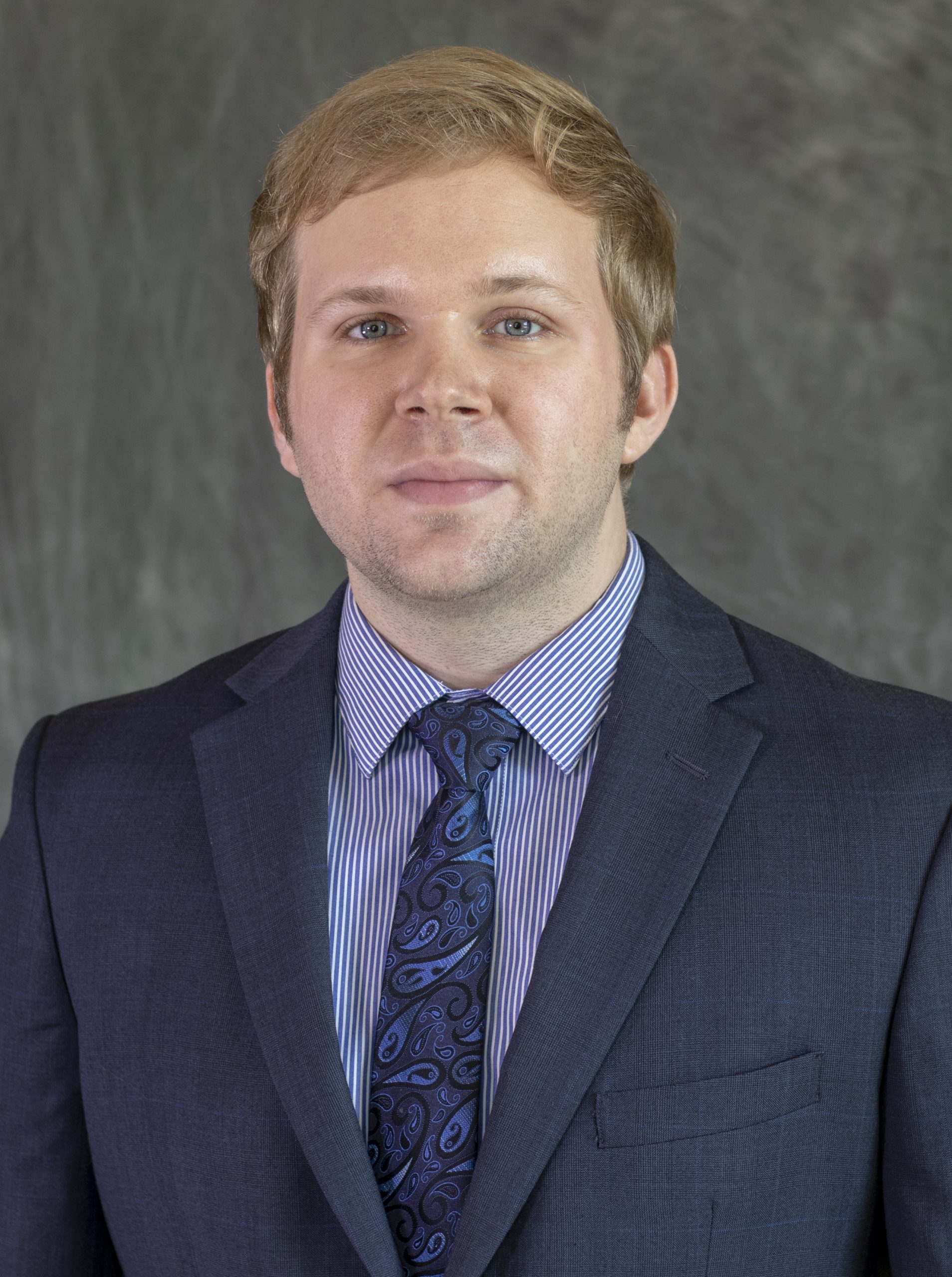As confirmed cases of coronavirus across Missouri continue to climb, there are concerns that the coming influx of patients may overwhelm our state’s hospitals and clinics. But even with the obvious focus on COVID-19, many people still need access to health care even though their illnesses may be less pressing. One tool that could help ease the burden on our hospitals and clinics is telehealth.
Telehealth (or telemedicine) refers to the practice of receiving health care remotely using telecommunication technologies. Telehealth allows patients to access a doctor or provider through their phone or computer in instances where physical interaction is not required. Accessing services remotely would have the dual benefit of reducing the strain on Missouri’s health care infrastructure while also allowing higher-risk individuals to stay at home to avoid potentially contracting the coronavirus. Unfortunately, there are various laws and regulations preventing telehealth from being more widely used.
Most forms of health coverage, including Medicare and Medicaid, cover telehealth services in at least some circumstances. But the restrictions placed on where telehealth services may be accessed and who can provide them have drastically limited the potential benefits. For example, providers must be licensed to practice in the state where the patient is located. This causes problems in areas that closely border another state, and also limits the number of providers able to help across the country, as the current demand for health care varies greatly from state to state.
Additionally, payers such as Medicare restrict access to most telehealth services by requiring the patient live in a geographically underserved area AND that the services be accessed at a limited list of locations. In many cases, the approved locations for accessing care are either doctor’s offices or hospitals, which defeats much of the purpose of telehealth. This means that elderly Medicare recipients who live in higher population areas (which are the areas that have thus far been hardest hit by COVID-19) may not ever be eligible to receive care through telehealth services. And even if these patients were eligible, they would need to potentially expose themselves to the virus by going to a clinic or hospital to receive the care instead of accessing it remotely. Both of these restrictions make accessing health care services harder than it needs to be.
There is some good news, though. This week, Governor Parson announced that he will be waiving regulations that restrict providers from other states from using telehealth to treat Missourians. The federal government appears to be following suit by signaling it may attempt to make telehealth more accessible. Coronavirus has emphasized the need for laws governing health care to not discriminate based on geography. Allowing patients to receive care remotely represents an important step that could both improve health outcomes and contain COVID-19. State and federal policymakers should move swiftly because these changes cannot come soon enough.



